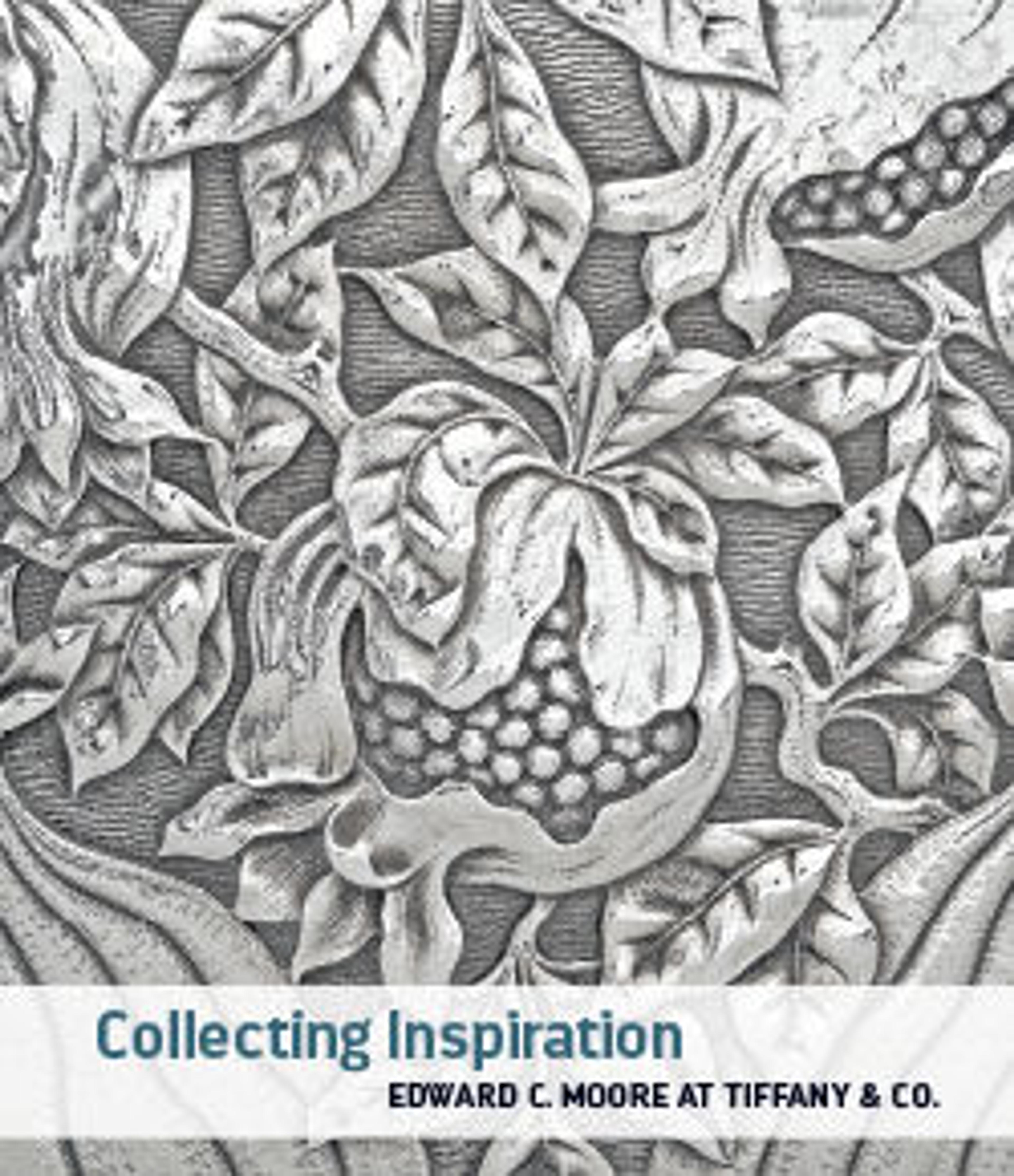Ewer with Inscription, Horsemen, and Vegetal Decoration
This lavishly decorated object is inscribed around the neck: "Made by 'Umar ibn al-Hajji Jaldak, the apprentice of Ahmad al-Dhaki al-Naqqash al-Mawsili in the year 623 [1226 A.D.]." Ahmad al-Mawsili, originally from Mosul in Upper Mesopotamia, was a famous metalworker who had a number of pupils.
Artwork Details
- Title:Ewer with Inscription, Horsemen, and Vegetal Decoration
- Maker:`Umar ibn al-Hajji Jaldak
- Date:dated 623 AH/1226 CE
- Geography:Attributed to Iraq, probably Mosul
- Medium:Brass; inlaid with silver and black compound
- Dimensions:H. 14 1/2 in. (36.8 cm)
W. 12 1/16 in. (30.6 cm)
Diam. 8 3/8 in. (21.3 cm) - Classification:Metal
- Credit Line:Edward C. Moore Collection, Bequest of Edward C. Moore, 1891
- Object Number:91.1.586
- Curatorial Department: Islamic Art
More Artwork
Research Resources
The Met provides unparalleled resources for research and welcomes an international community of students and scholars. The Met's Open Access API is where creators and researchers can connect to the The Met collection. Open Access data and public domain images are available for unrestricted commercial and noncommercial use without permission or fee.
To request images under copyright and other restrictions, please use this Image Request form.
Feedback
We continue to research and examine historical and cultural context for objects in The Met collection. If you have comments or questions about this object record, please contact us using the form below. The Museum looks forward to receiving your comments.
